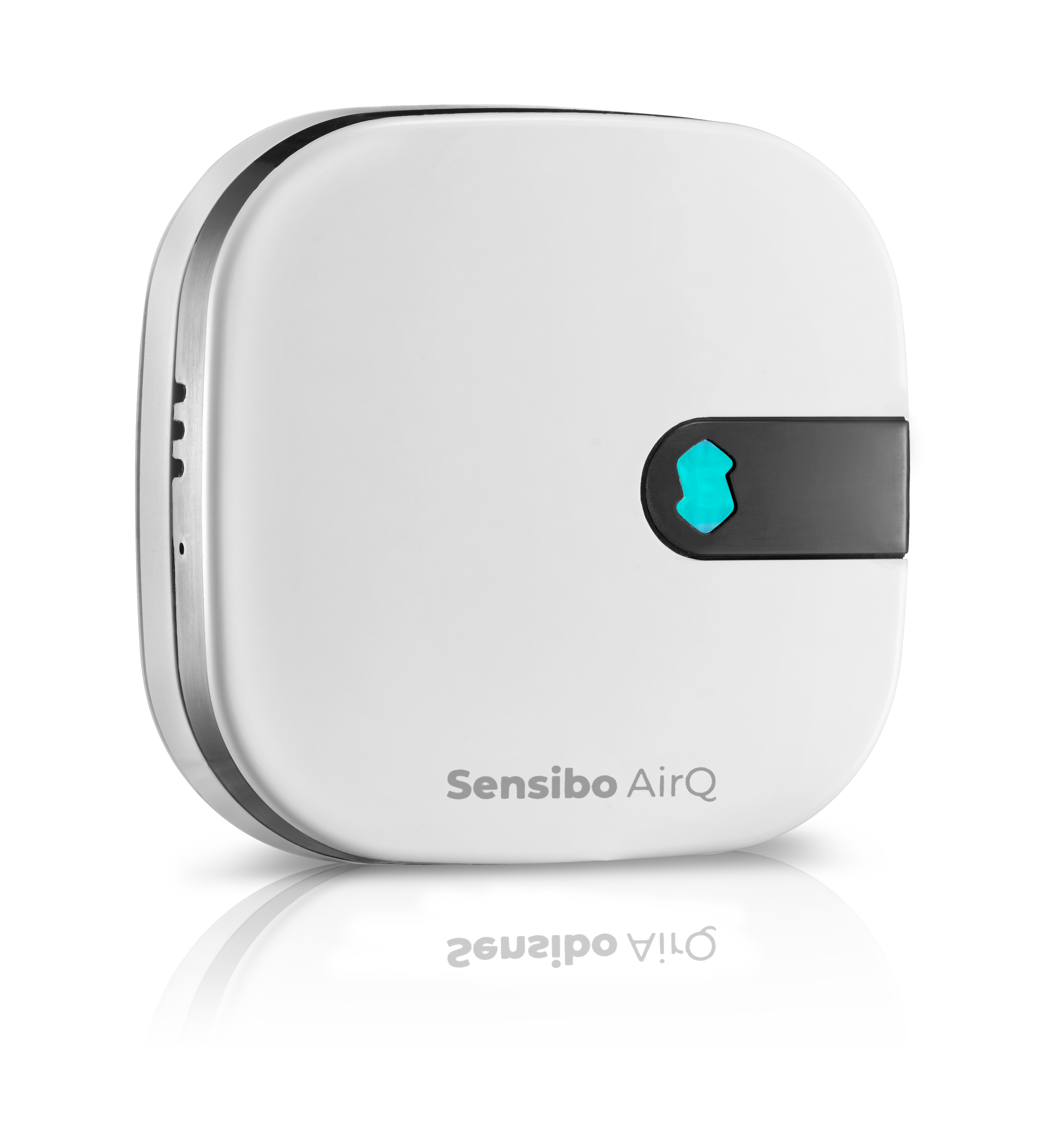About the Air PRO sensor

The Air PRO incorporates a metal oxide sensor capable of detecting levels of TVOC (Total Volatile Organic Compounds) and deriving corresponding levels of CO₂ (Carbon Dioxide) in your air.
TVOC is a measurement of the total amount of any emitted gases coming from toxins and chemicals. They come from a wide range of everyday items including paints and varnishes, wax and cosmetics, cleaning and hobby products, and even cooking. When you have an enclosed space like a home or office, these emitted gases accumulate and pollute our fresh air.
CO₂ is the fourth most abundant gas in the earth's atmosphere. The CO₂ measurement is a derived measurement from the reactions of substances in the air with the metal oxide substrate in the sensor. A very reliable correlation can be made based on TVOC levels for situations where an elevated CO₂ concentration is caused by human occupancy, although the sensor module is not directly responsive to CO₂. The CO₂ bottom line starts at 400ppm and can reach several thousand.
As with any metal oxide sensor, the sensor measures the resistance of a sensitive layer, exposed to ambient air. This layer is heated up with a heater element up to several hundred ºC, and some oxidation reactions take place on it. The sensor generally targets pollutants that can get oxidized in the sensor substrate. This oxidation process modifies the resistance of the sensor, and the more oxidation reactions we have the lower the resistance is. The concept of baseline resistance in this sense can be confusing, but basically the higher the resistance, the cleaner the environment. Temperature and humidity are used internally to compensate for the readings, as the sensor compares its actual resistance with the clean air one, and inputs the ambient conditions in the correction.
We recommend setting the sensor in a stable environment, in which temperature and relative humidity changes are not abrupt. When moving the sensor to another location, beware that any high resistance could be seen and this value might not apply to the previous environment, should you put the sensor back into its original location.

